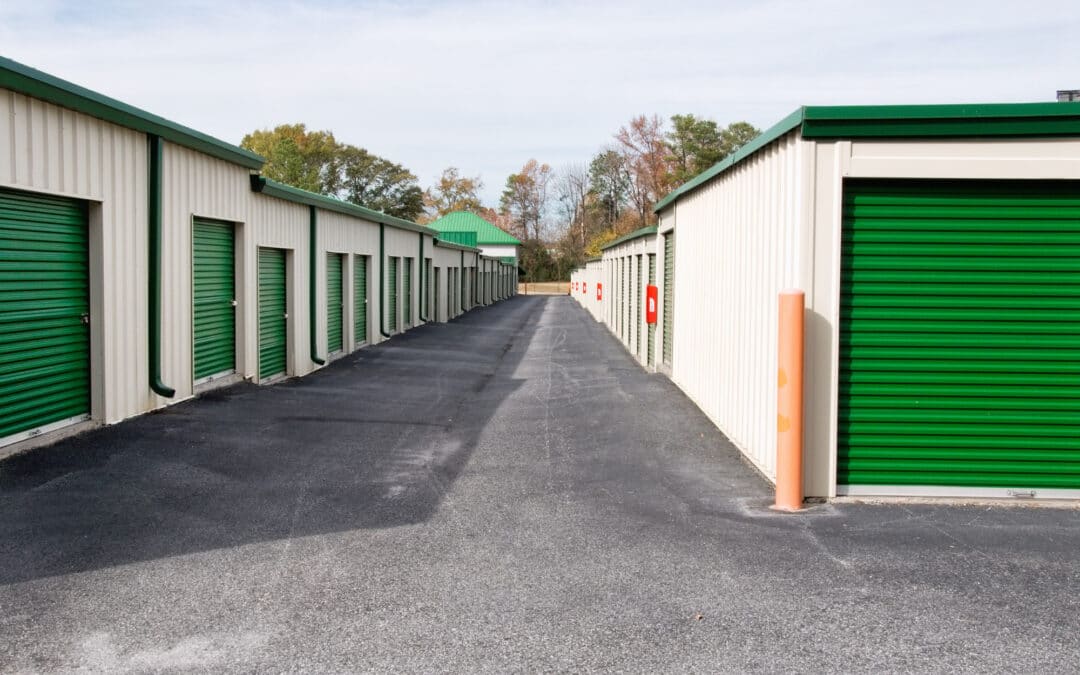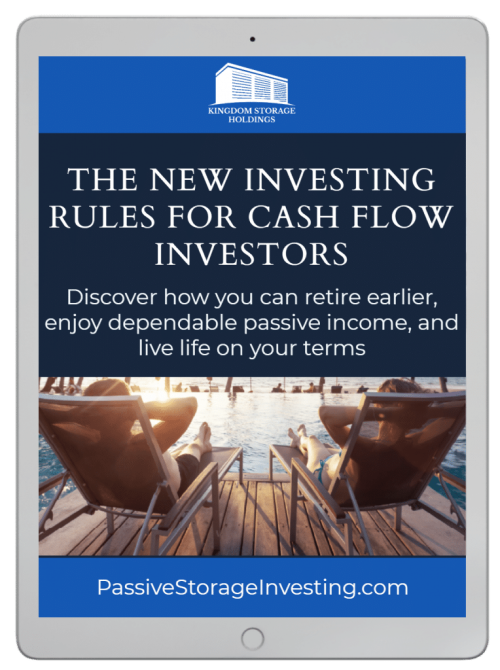A Brief Introduction To Active Vs. Passive Investing

Have you reached an age where you’ve started thinking about your financial future? Most investors will tell you it’s never too early to start, and you know what?
They’re right. The main thing is to know which investment strategies are the most likely to yield us the highest returns. Whilst some of this depends on the funds at your disposal, investing is now an important part of retirement planning, so the earlier you start the better you will fare once you retire.
Though investment strategy changes with age, you may wonder what investment is right for you. There are two types of investments: active and passive. Choosing the right strategy demands research and savvy calculations, you will have to look beyond the returns. For example, you might want to know the expense ratios, the capital gains tax accrued by your investment, or its tax efficiency before engaging with a specific strategy.
Each investor has their preferred investment approach, so to help you decide, we’ll explain the difference between active vs. passive investing. Read on to learn all about these two types of investments. Not every investor sets out to beat the market, some have more long-term goals.
Active Investments
What are active investments? It’s in the name. These are the type of investments in which investors are directly involved.
Usually, those interested in active investments hire a portfolio manager to watch and trade based on market indicators. If you’re confident enough in your financial ability, you can take on your active investments yourself.
Beware though active investing isn’t for the faint-hearted, a bad investment can cost you a lot of money and, for example, impact your retirement planning. This investment approach is the most demanding as it requires investors to have a solid strategy so that they can anticipate price fluctuations.
Some examples of active investments are mutual funds that contain several stocks, bonds, and other tradable money market tools.
Active Investment Pros and Cons
An active investment strategy involves a lot of buying and selling. These are investments where you can see a lot of short-term gains. However, active investing is not as easy as it seems, you will need to master the technical terminology and keep a keen eye on the markets to ensure your stocks yield the best returns. In other words, active investments need to be actively managed to ensure investors are making the most of their stock portfolios.
Pros
Aside from higher short-term gains, active investments allow for great risk management flexibility. You buy and sell on a regular basis, so it demands sleek portfolio management and investment management skills, but investment advisors are often more than happy to help you. They will keep an expert eye on the market and can advise on which course your active investing strategy should take.
Smart money managers can predict market trends and pull your investment before the market bottoms out, thus reducing your risk of long-term loss. That way, you are able to optimize the returns yielded by this investing strategy.
Cons
Active investing can be a big gamble. One wrong trade on the market can wipe considerable value off your portfolio. That is why it is often preferable to call upon portfolio managers or investment managers to take care of your active investments.
Also, the market goes through stages of volatility. What investor could’ve predicted the recent GameStop controversy? This controversy even caught out the most seasoned investment managers, so no investor is safe from losing out when choosing to go down the active investing route.
A final con for active investments is the cost incurred with hiring someone to manage your portfolio. Investment firms charge high fees to make you money, and whilst they are specialists in active investing, like with any other form of investing, success is never a guarantee. Even though the most experienced investors in the field can to some degree anticipate the fluctuations the market undergoes, nobody can predict them accurately. This means the markets are unpredictable by nature, so a good investment can very easily turn out to be a bad one should the markets suddenly collapse.
Passive Investments
What is passive investing? It’s a tried and true buy-and-hold strategy. A passive investment strategy is one of far less involvement that’s focused on making money in the long term.
Unlike active investing, the passive investing approach is not preoccupied with beating the market. This type of investment rides the ups and downs of the short-term hoping for incremental gains over many years. It, therefore, requires a bit more patience before the investor can begin to see their initial investment yielding any returns.
Some of the best investments are index funds filled with steady stock and bonds that follow the slow and steady rise of the market. Another example of a great passive investment is commercial real estate like self-storage facilities.
Passive Investment Pros and Cons
Passive investing is not for everyone. The lack of excitement and short-term gain pulls some investors away. However, it should be noted that the right passive investments perform just as well as actives. To find them, you might need the advice of a money manager or passive manager who will not the passive investing market well and can point you in the direction of the best passive funds.
Pros
The best benefit of passive investment is the lack of fees. You’re not paying a high commission to an investment firm, and more often than not you can manage these investments without the help of portfolio managers. However, a passive manager can help point you towards investing in niche markets and point you in the direction of potentially profitable investment funds.
Rest assured though, you also stand to see great returns over the long haul. This means you can hop in on a real estate investment at a low price and watch it balloon as property values rise without doing a lot of work. Returns might not be as quick but there is no pressure for the investor to try and beat the market.
Cons
You’ll make money on a passive investment, but your ceiling is much lower than an active trading strategy. This means passive investing requires you to have a larger portfolio of investments in order to make money; it is often better to hedge your bets to turn your investing experience into a resounding success!
You also have less flexibility to manage your risk. If the market crashes on your long-term passive investment, you have little recourse. Passive investing is a long-term strategy, so you will have to accept that there will be times when your investment won’t be making you any money.
Active vs. Passive Investing: Which Is Right for You?
For most people, passive investments are a safer alternative to playing the market and looking for short-term scores. It all depends on what you’re looking for when it comes to active vs. passive investing.
Self-storage real estate has proven to be one of the best passive investments you can make. This is because investing in this type of commercial real estate is relatively safe; storage is something that people require regardless of the economic conjecture.
Are you ready for your money to make money? Kingdom Storage Partners, LLC will help your money grow. Contact us today to learn more.





